- Home
- TV History
- Network Studios History
- Cameras
- Archives
- Viewseum
- About / Comments
Skip to content
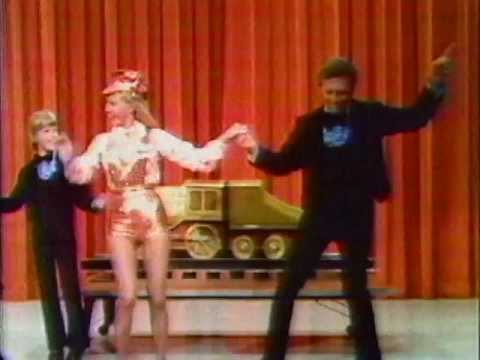

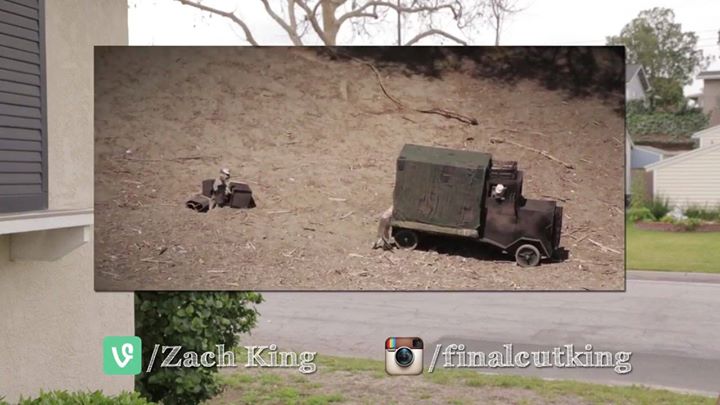

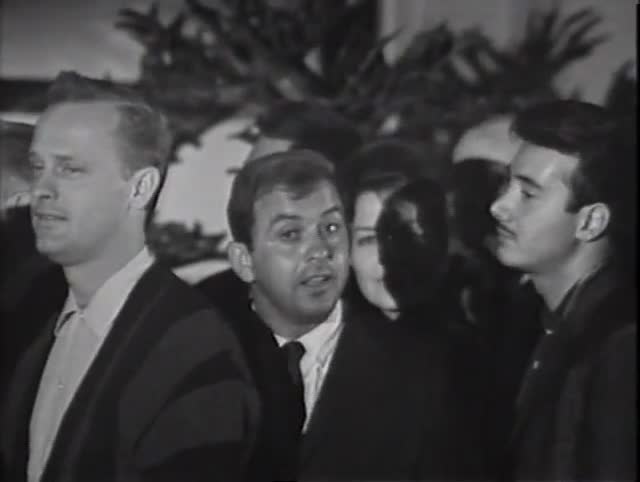

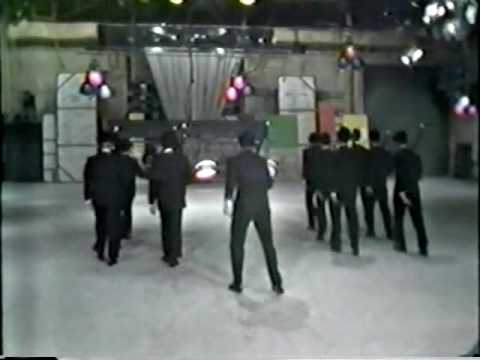

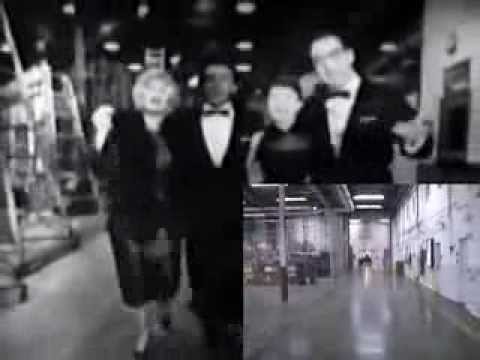

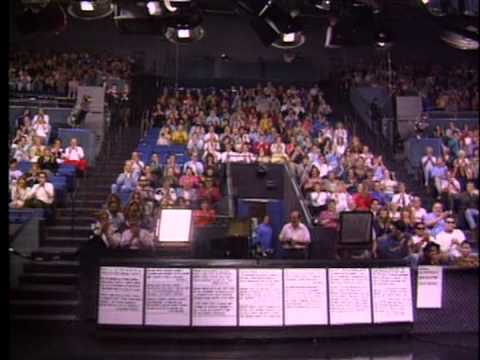

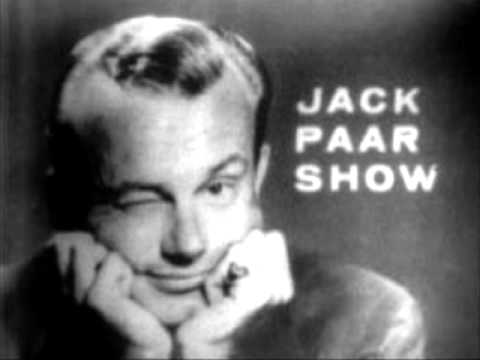





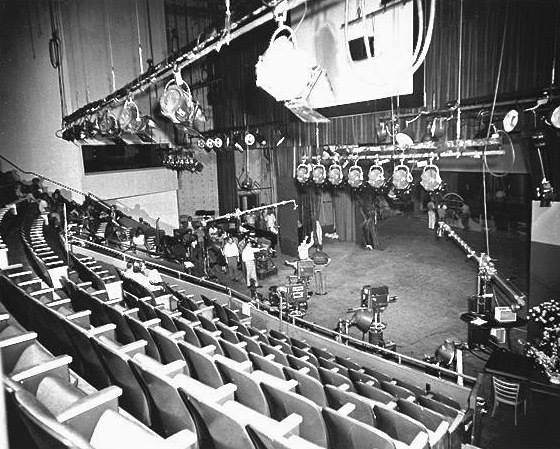

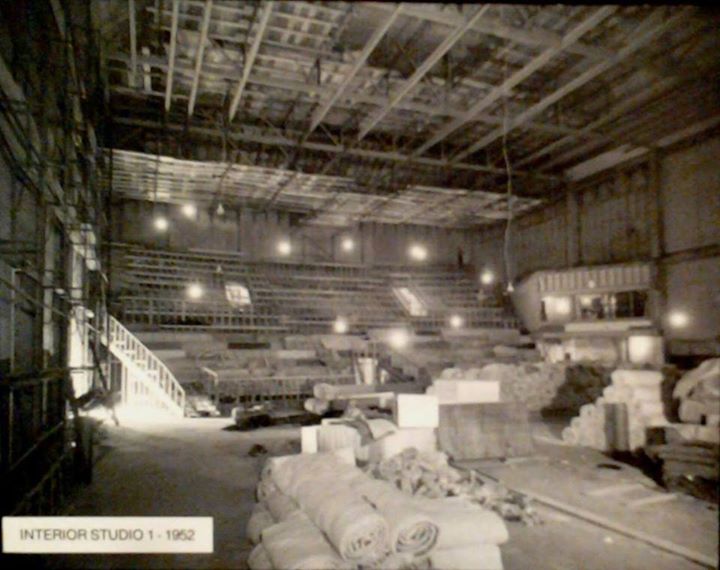

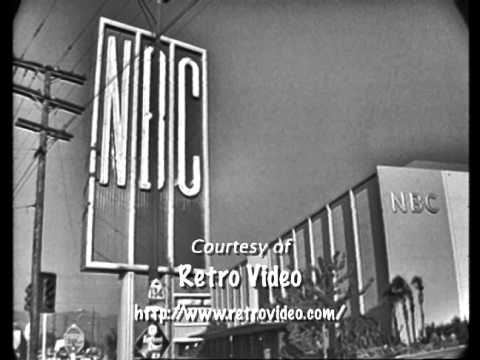





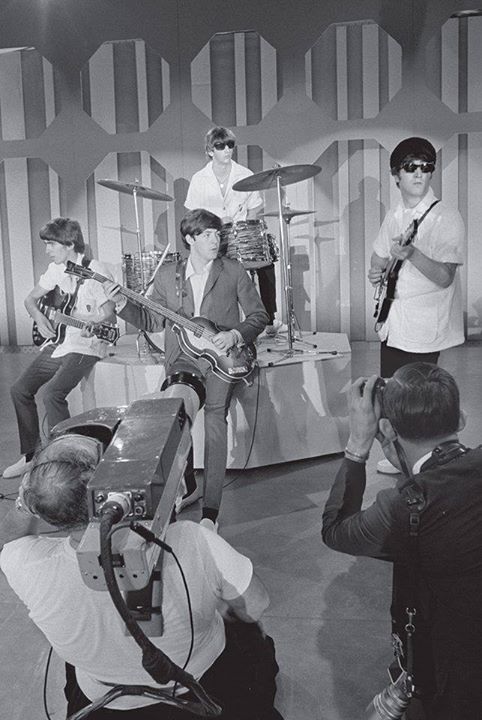

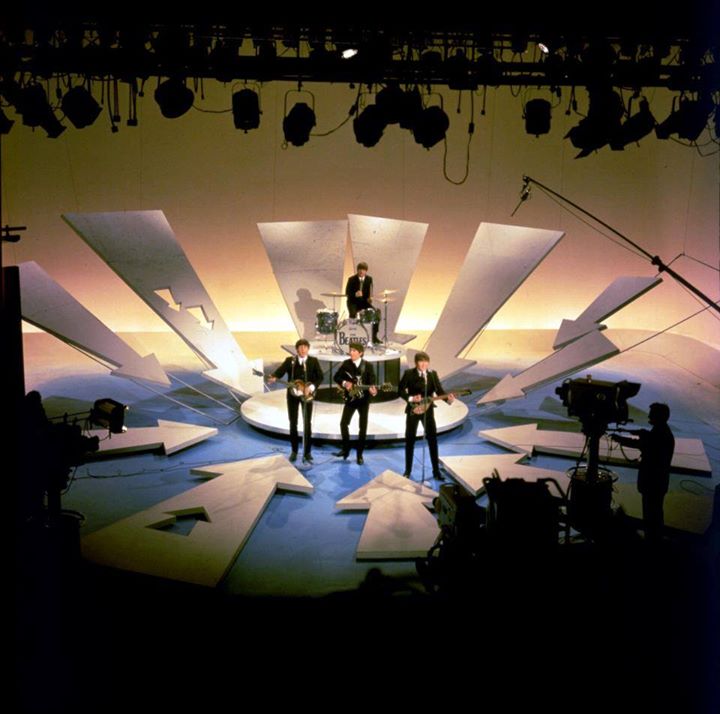







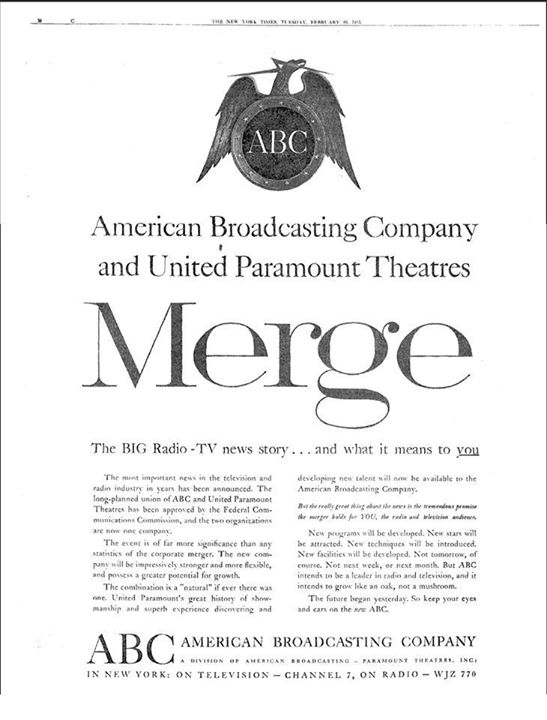

Posts in Category: TV History
Page 30 of 136
« Previous
1
2
3
4
5
6
7
8
9
10
11
12
13
14
15
16
17
18
19
20
21
22
23
24
25
26
27
28
29
30
31
32
33
34
35
36
37
38
39
40
41
42
43
44
45
46
47
48
49
50
51
52
53
54
55
56
57
58
59
60
61
62
63
64
65
66
67
68
69
70
71
72
73
74
75
76
77
78
79
80
81
82
83
84
85
86
87
88
89
90
91
92
93
94
95
96
97
98
99
100
101
102
103
104
105
106
107
108
109
110
111
112
113
114
115
116
117
118
119
120
121
122
123
124
125
126
127
128
129
130
131
132
133
134
135
136
Next » 

More SNL Rarities…The Original SNL With Howard Cosell
On February 13, 2015
- TV History
More SNL Rarities…The Original SNL With Howard Cosell
You may be surprised to know that the original “Saturday Night Live” on ABC had more in common with SNL than just the name! It also had “The Prime Time Players” which were Bill Murray, Brian Doyle-Murray, and Christopher Guest!
As we celebrate the 40th Anniversary of the 90 minute late night sketch show on NBC, we have to remember that in the beginning the show as titled “NBC’s Saturday Night”.
“Saturday Night Live” would have been a much better name, but that title was already in use at ABC. Below is a rare clip of the show’s opening with host Howard Cosell. Fortunately for everyone, the show only aired for 18 weeks. It was actually canceled just three weeks into the run, but ABC kept it on to fill the hole in it’s schedule.
ABC’s show ran from September 1975 till January 1976 and was produced by Roone Arledge. The show was later remembered by its director Don Mischer as “one of the greatest disasters in the history of television”, largely due to the fact that Cosell and Arledge, both veterans of sports broadcasting, were entirely unfamiliar with comedy and variety programming.
The show taped 15 new episodes at The Ed Sullivan Theater and it was Arledge’s idea to try and recapture the family show appeal of Sullivan who had been off the air for about three years.
The premiere episode featured celebrity guests Frank Sinatra, Shirley Bassey, Paul Anka, Siegfried and Roy, the cast of the Broadway version of The Wiz, tennis pro Jimmy Connors, and John Denver. The episode’s musical guest was the Bay City Rollers who performed live via satellite from the UK.
The shows also featured Bill Murray, Brian Doyle-Murray, and Christopher Guest as regular comedy performers, dubbed “The Prime Time Players”. Later, when “NBC Saturday Night” was granted use of the SNL name by ABC, we also got “The Not-Ready-For-Prime-Time Players” which ironically also counted the three “Prime Time Players” as cast members over the years. Enjoy and Share! -Bobby Ellerbee
https://www.youtube.com/watch?v=RS2BtthZOug
This is from the original Saturday Night Live, hosted by Howard Cosell, Mark Wilson had just won his second Magician of the Year awards, and finished his Las…
Just For Fun…Some Of The Slickest Video Edits And Effects Ever!
On February 13, 2015
- TV History
Just For Fun…Some Of The Slickest Video Edits And Effects Ever!
Zack King has been doing these for a while, but if you have never seen his work, be ready to be AMAZED! Really! Enjoy and share! -Bobby Ellerbee
https://www.facebook.com/video.php?v=10153077956897943
Il top delle illusioni


Behind the scenes at NBC Burbank, 1963…TK60s
On February 12, 2015
- TV History
TeleTales #74…Rare Video NBC Burbank Studio 1, Bob Hope Special
This is the opening of a 1963 “Bob Hope Chrysler Special”. As you will see, it was shot with RCA TK60 black and white cameras in the usually color, Studio 1. When you see the TK60, notice the TK41 color camera behind it.
Hope was the producer of his specials and resisted NBC’s request for a color production because of the extra added cost. Enjoy and share! -Bobby Ellerbee
Aliquippa • Behind the scenes at NBC Burbank, 1963.
Behind the scenes at NBC Burbank, 1963.


Even More From NBC Burbank…Yet Another Singing Tour, 1959
On February 11, 2015
- TV History
Even More From NBC Burbank…Yet Another Singing Tour, 1959
This is the opening of a Gene Kelly special. It begins in one of the two main hallways that provided access for the huge studios. I’ve been told that the wall at the end of the hallway is Studio 1 and that about two thirds of the way down is where the KNBC local news was broadcast. I think their destination is Studio 4 and they enter through the “elephant” doors and you get a good impression of the size of the studio! Please remember to click on the blue text above to visit the page so you can see all of today’s stories! -Bobby Ellerbee
https://www.youtube.com/watch?v=fx04DP6TEcw
Begining of PSP, 1959


More From NBC Burbank…A Great Singing Tour, With UPDATES
On February 11, 2015
- TV History
More From NBC Burbank…A Great Singing Tour, With UPDATES
Some wonderful soul has inserted a present day video trip down the same path of Steve Allen’s original 1958 singing stroll through the halls of NBC Burbank.
The original clip was part of an Allen special taped there and is performed to an Allen composition, “This Could Be The Start Of Something Big”. In this clip he is joined by Ann Sothern, Steve Lawrence, Eydie Gorme, Dinah Shore and a special mystery guest.
In one great long shot, they sing and stroll from Studio 1 (Steve Allen Show, & Johnny Carson’s Tonight Show Studio) and end the song over at Studio 4, (Dinah Shore Show, Laugh In, Dean Martin, Midnight Special), today it is home to ‘Day’s of Our Lives’. Enjoy and share! -Bobby Ellerbee
http://www.youtube.com/watch?v=zbxoF4F0TrY
This is a special version of a YOUTUBE clip uploaded by goldenvmedia of This Could Be the Start of Something Big-Steve Allen Show clip as video taped at NBC …


The Final Days Of ‘Tonight’ With Johnny Carson…
On February 11, 2015
- TV History, Viewseum
The Final Days Of ‘Tonight’ With Johnny Carson…
Since so many of you enjoyed our trip to Burbank yesterday, I though we would take another day there.
This clip ran in Johnny’s last week on the air. I have seen a version of this from the show and in his intro, he said what we all know to be true…that he allowed very little coverage of the backstage elements of the show, which makes this one of those rare times. The studio is Burbank’s Studio 1.
I think this ran on May 19th, just four days before the last broadcast on May 22, 1992. Enjoy and share! – Bobby Ellerbee


February 11, 1960…Jack Paar Walks Off The “Tonight” Show
On February 11, 2015
- TV History
February 11, 1960…Jack Paar Walks Off The “Tonight” Show
On February 11, 1960, Jack Paar turned television upside down with a remarkable act of integrity. That I know of, this short audio recording is the only version of the departure segment in its entirety, starting with the NBC announcement at the beginning of the show that was added for the tape’s broadcast that night.
What was the joke the NBC censor took out the night before? Here it is….
“An English lady, while visiting Switzerland, was looking for a room, and she asked the schoolmaster if he could recommend any to her. He took her to see several rooms, and when everything was settled, the lady returned to her home to make the final preparations to move. When she arrived home, the thought suddenly occurred to her that she had not seen a “W.C.”, (short for “water closet”, British for bathroom). So she immediately wrote a note to the schoolmaster asking him if there were a “W.C.” around.
The schoolmaster was a very poor student of English, so he asked the parish priest if he could help in the matter. Together they tried to discover the meaning of the letters “W.C.,” and the only solution they could find for the letters was “Wedding Chapel.” The schoolmaster then wrote to the English lady the following note:
Dear Madam: I take great pleasure in informing you that the W.C. is situated nine miles from the house you will occupy, in the center of a beautiful grove of pine trees surrounded by lovely grounds. It is capable of holding 229 people and it is open on Sunday and Thursday only. As there are a great number of people and they are expected during the summer months, I would suggest that you come early, although there is plenty of standing room as a rule. You will no doubt be glad to hear that a good number of people bring their lunch and make a day of it. While others who can afford to go by car arrive just in time, I would especially recommend that your ladyship go on Thursday when there is a musical accompaniment.
It may interest you to know that my daughter was married in the W.C. and it was there that she met her husband. I can remember the rush there was for seats. The newest attraction is a bell donated by a wealthy resident of the district. It rings every time a person enters. A bazaar is to be held to provide plush seats for all the people, since they feel it is a long felt need. I shall be delighted to reserve the best seat for you if you wish, where you will be seen by all. Hoping to have been of service to you, I remain, Sincerely, The Schoolmaster.”
On March, 7th 1960, Jack, having calmed down in Hong Kong for two weeks, returned to the show to the largest legitimate ovation any host of that show ever received. He came on stage, looked at the audience and stated, “As I was saying when I was interrupted….(Huge Laugh) “When I walked off I said that there must be a better way to making a living than this. Well, I’ve looked, (laugh builds), and there isn’t.” (Another huge laugh).
The night he walked out, the walked into Hurley’s Bar at the corner of 6th Avenue and 49th Street. While he was away, Hurley’s kept a picture of Jack in their window for the duration. I’ll add that rare photo in the Comment section below. Enjoy and share! -Bobby Ellerbee
TeleTales #72…Speaking Of Johnny Carson And Studio 1
On February 10, 2015
- TV History
TeleTales #72…Speaking Of Johnny Carson And Studio 1
Here’s a nice color shot of the set with an RCA TK44 in the shot, probably a tour group stopping in. Notice the star on the floor…Johnny’s monologue marker. I don’t think this is the ’72 set, so this pix may be from around ’76. Please remember to visit this page to make sure you see everything…just click on the blue text at the top of this post. -Bobby Ellerbee
TeleTales #71…NBC Burbank Studio 1
On February 10, 2015
- TV History
TeleTales #71…NBC Burbank Studio 1: If These Wall Could Talk
I would venture to say, that between 1952 and 2013, every major personality in America has been on this stage at one time or another. Between Bob Hope and Johnny Carson’s shows here…well, the list of guests boggles the mind. Enjoy and share! -Bobby Ellerbee
TeleTales #70…NBC Burbank Studio 1: The Start Of Something Big
On February 10, 2015
- TV History
TeleTales #70…NBC Burbank Studio 1: The Start Of Something Big
As NBC’s new Color City was coming to completion, CBS was in the final stages of completing Television City. In September, David Sarnoff announced that Burbank would go on the air earlier than planned. He said the new start date would be October 4, 1952 and that on November 8, NBC would open their first full color studio at the Colonial Theater in New York.
As you can see here in this photo taken shortly after it opened, Studio 1 was originally equipped as a black and white studio and was pressed into service early as KNBH’s studios at Radio City West were very overcrowded.
CBS didn’t want NBC to beat them by going on the air from Burbank first, so they rushed an episode of “My Friend Irma” into production and televised their first program from an unfinished Television City on the evening of October 3rd of 1952, one day before the first telecast from NBC. Enjoy and share! -Bobby Ellerbee
TeleTales #69…NBC Burbank Studio 1: A Star Is Born
On February 10, 2015
- TV History
TeleTales #69…NBC Burbank Studio 1: A Star Is Born
Here’s the studio under construction in 1952. The legend is, Bob Hope helped design this studio and may have been responsible for the massive audience area and it’s steep incline so that no seat had an obstructed view of the stage. Enjoy and share! -Bobby Ellerbee


TeleTales #68…NBC Burbank Drive By, 1958
On February 10, 2015
- TV History
TeleTales #68…NBC Burbank Drive By, 1958
It looks like today is Burbank day, so lets take it all in! Enjoy and share! -Bobby Ellerbee
#t=11″ target=”_blank”>https://www.youtube.com/watch?v=Us2flcoPut0 #t=11
This is a 1958 videotape of NBC Burbank as recorded on 2″ Quad in a mobile unit. The show opens as the camera travels down California Street, takes a right t…
ULTRA RARE 2! NBC Burbank, Studio 1…360 Degree Video
On February 10, 2015
- TV History
ULTRA RARE 2! NBC Burbank, Studio 1…360 Degree Video
This is where Johnny Carson’s “Tonight” show came from. Now, it is the “Access Hollywood” stage, but this is not that set which has four sides. This has only three and you can see the audience seating on the open wall. By the way, you can use your mouse to stop and go back and view this manually by dragging the mouse. Be sure to enlarge the screen to see this at it’s best. Enjoy and share! -Bobby Ellerbee
ULTRA RARE 1! Inside NBC Burbank Studio 3…360 Degree Video
On February 10, 2015
- TV History
ULTRA RARE 1! Inside NBC Burbank Studio 3…360 Degree Video
Just the other day, someone asked about the seating in Studio 3, wondering if it was like the huge Studio 1 audience area. Well, here’s your answer. There’s a lot of history here as this was home to “The Dean Martin Show”, “The Jerry Lewis Show” and countless others, including much of ‘Tonight’ with Jay Leno. By the way, you can use your mouse to stop and go back and view this manually by dragging the mouse. Be sure to enlarge the screen to see this at it’s best. Enjoy and share! -Bobby Ellerbee
TeleTales #67…A HUGE Beatles SURPRISE!
On February 9, 2015
- TV History
TeleTales #67…A HUGE Beatles SURPRISE!
CBS sent one of their prototype hand held video cameras from Cape Kennedy to Miami to get shots for the February 16, 1964 Beatles appearance on Ed Sullivan.
The man responsible for their creation, Dr. Joe Flaherty, who’s still Senior VP of Technology at CBS, told me a few years back that CBS had teamed up with Ikegami to come up with these cameras.
Their effort had started just the year before in 1963 and this is one of three prototypes Ikegami sent to CBS for use on space mission coverage.
This is the first time one of these cameras was used on anything other than space shots. This photo was taken at the morning sound check which was followed by a dress rehearsal and finally that night’s show.
By late 1964, I think about a dozen had been built and sent out for field tests. Two were sent to CBS O&Os KMOX in St. Louis, two to WBBM in Chicago, two to KNXT in LA, three to WCBS and three were on the CBS mobile units assigned to Cape Kennedy.
Unlike the RCA/NBC portables, I think this has an Image Orthicon tube and not a Vidicon. Enjoy and share! -Bobby Ellerbee
February 9,1964…The Beatles Debuted On Ed Sullivan
On February 9, 2015
- TV History
From last year’s big 50th Anniversary coverage, here is my story on how to tell which scenes are from which shows, which were all taped the same day. Enjoy and share! -Bobby Ellerbee
Beatles 50th Sullivan Anniversary Count Down…15 Days
Today, A Primer In: How to tell which performance is which.
With the anniversary approaching, you’ll see a lot of photos and clips and with this guide, you can tell which performance is which. The Beatles first appeared on Ed Sullivan these three consecutive Sunday nights…February 9, 16 and 23 1964. The February 16th show was done live from Miami, but all four of their other performances were done at CBS Studio 50 on February 9, with the first performances of the day taped for air on the 23rd. The Beatles appeared twice in each show and each time, the song set and stage set was different. From left to right, here are the Studio 50 stage sets in order of air dates. The first live performance set featured big arrows and the second live performance set featured hanging stripes. The first appearance of the taped February 23 show was the only use of a flat wall set with a wedge facade, which was widely used on many Sullivan shows and matched his hosting corner backdrop. The final set of the February 23 show featured the free standing art nouveau columns. Now you know!
TeleTales #67…The Art Of Shooting Live Drama
On February 9, 2015
- TV History
TeleTales #67…The Art Of Shooting Live Drama
Before videotape, there were only kinescopes, so shows had to be done live. Just take a moment and study the photo below from Television City…that’s tight in every way. The floor camera is shooting the actor on top (Edmond O’Brien), the crane is shooting the other, the boom is there for sound and there’s even a hand held face light.
This takes choreography…a well laid plan and skilled crew. John Frankenheimer was one of the best ever live directors and did many of these shows. If you never have, take a look at “The Comedian” at the link below. Frankenheimer directed this “Playhouse 90” presentation that takes places behind the scenes at Television City…TK11s are everywhere. Enjoy and share! -Bobby Ellerbee
TeleTales #66…NBC Chicago Class Picture
On February 9, 2015
- TV History
TeleTales #66…NBC Chicago Class Picture
With Chicago on my mind from the ABC story, I wanted to share this picture from around 1950. There are a lot of familiar faces and names here that went on the New York. Among those that did, but are not seen here are Hugh Downs, Mrs. Francis from “Ding Dong School” and Jack Lescoulie. Enjoy and share! -Bobby Ellerbee


TeleTales #64…Speaking Of The EMI 2001 Cameras
On February 9, 2015
- TV History
TeleTales #64…Speaking Of The EMI 2001 Cameras
Here is a followup on the BBC remote story from yesterday that showed us the EMI 2001 cameras in the field. Thanks to Andy Rose for the find. Enjoy and share! -Bobby Ellerbee
https://www.youtube.com/watch?v=uGvO29NQ8xs
EMI 2001 Broadcast Camera Training Video 1970’s (BBC)
February 9, 1953…The REAL Beginning Of ABC!
On February 9, 2015
- TV History
February 9, 1953…The REAL Beginning Of ABC!
That was the day United Paramount, led by Leonard Goldenson, came to the rescue and saved the company from bankruptcy.
On October 12, 1943, Edward John Noble, the owner of Life Savers candy, the Rexall drugstore chain, and the radio station WMCA in New York, bought NBC’s Blue Network for $8 million.
In much the same way NBC was forced to sell the Blue Network,
the movie theater operator United Paramount Theaters (UPT) was forced to become an independent entity, separating itself from the film studio Paramount Pictures in 1949.
For its part, ABC was on the verge of bankruptcy, with only five stations and nine full-time affiliates. Its revenues failed to compensate for its heavy investments in buying and building stations. In 1951, Noble held a 58% stake in ABC, giving him $5 million with which to prevent ABC from going bankrupt with a loan from the Prudential Insurance Company of America.
Leonard Goldenson, the president of UPT, approached Noble in 1951 and proposed that UPT purchase ABC. Noble received further offers, including one from Bill Paley of CBS, but that would have forced CBS to sell at least its New York and Los Angeles stations. Goldenson and Noble reached a tentative agreement in the late spring of 1951 that ABC would become a subsidiary of UPT, but would remain autonomous in its management.
On June 6, 1951, UPT’s board of directors validated their tentative agreement. However, the transaction had to be approved by the FCC. Insofar as the Paramount Pictures film studio was already a shareholder of the DuMont Television Network, the FCC conducted a series of hearings to ensure whether Paramount was truly separated from United Paramount Theaters, and whether it was violating antitrust laws.
In 1952, when the FCC ended its freeze on applications for new stations, among the issues to be addressed was the approval of the merger between UPT and ABC.
On February 9, 1953, the FCC authorized UPT’s purchase of ABC in exchange for $25 million in shares, and the company was renamed American Broadcasting-Paramount Theaters, Inc.
The new company was based in Paramount’s headquarters at 1501 Broadway in New York, and owned six AM radio stations and many FMs, as well as five TV stations and 644 cinemas in 300 cities throughout the United States.
In consideration of this merger, UPT sold its television station in Chicago, WBKB-TV, to CBS for $6 million. CBS changed the calls to WBBM-TV. They kept ABC’s existing Chicago station, WENR-TV but moved the WBKB call letters to channel 7, which would eventually become WLS-TV. Goldenson began to sell some of the old theaters to finance the new television network.
On May 1, 1953, ABC’s flagship stations – WJZ, WJZ-FM and WJZ-TV in New York – adopted the callsigns of WABC, WABC-FM and WABC-TV, and moved to 7 West 66th Street, one block from Central Park.
At the same time, Goldenson had been trying to convince his movie studio friends to provide content for the network. ABC’s merger with UPT led to the creation of relationships with Hollywood’s film production studios, breaking a long quarantine that had existed between film and television.
Goldenson’s efforts paid off, and on October 27, 1954, the network was able to launch a “New ABC” campaign with the productions of several studios, including Metro-Goldwyn-Mayer, Warner Bros., and 20th Century Fox.
However, the most iconic (and ironic) of ABC’s relationships with Hollywood producers was its agreement with Walt Disney. Walt and his brother Roy contacted Goldenson at the end of 1953 to ask ABC to finance part of the Disneyland project in exchange for Disney’s production of a television series.
Walt wanted ABC to invest $500,000 and a guarantee of $4.5 million in additional loans, a third of the budget intended for the park. Around 1954, ABC agreed to finance Disneyland in exchange for the broadcasting of a new Sunday television program, Disneyland, which debuted on the ABC network on October 27, 1954 as the first of many anthology TV programs that Disney would broadcast over the course of the next fifty years. We all know the rest of the story! Thanks to Maureen Carney for the image and reminding me of this anniversary! Enjoy and share! -Bobby Ellerbee
Page 30 of 136
« Previous
1
2
3
4
5
6
7
8
9
10
11
12
13
14
15
16
17
18
19
20
21
22
23
24
25
26
27
28
29
30
31
32
33
34
35
36
37
38
39
40
41
42
43
44
45
46
47
48
49
50
51
52
53
54
55
56
57
58
59
60
61
62
63
64
65
66
67
68
69
70
71
72
73
74
75
76
77
78
79
80
81
82
83
84
85
86
87
88
89
90
91
92
93
94
95
96
97
98
99
100
101
102
103
104
105
106
107
108
109
110
111
112
113
114
115
116
117
118
119
120
121
122
123
124
125
126
127
128
129
130
131
132
133
134
135
136
Next »